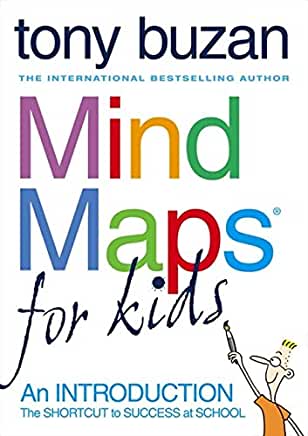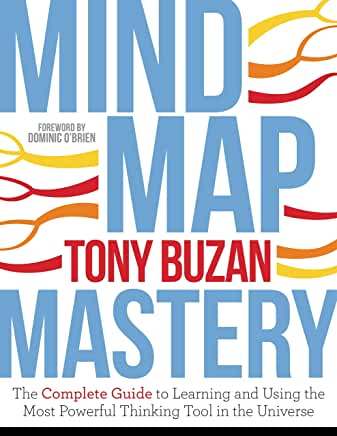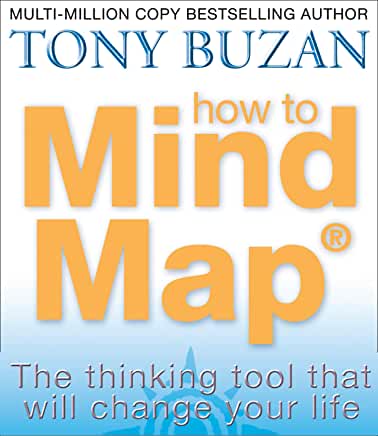Mind mapping and creative writing go hand in hand. Each uses the same side of the brain to flesh out ideas into a fully-fledged product. I used mind-mapping extensively, even taught it, but confess to letting the practice slide as my linear mode took over.
I was reminded of it while reading a brief article by Diane Harding, a Sydney based author of adult and children’s books, on the SSOA website. It was difficult to access the article so I reproduce it here for you.
How I write
Are you interested in how I write a novel or short story of fiction?
I always start writing with a mind map.
Of course I have an idea initially that I ponder on for a while.
Then I try to write a mind map of the story line. At first it only has the idea which is often one or two sentences that will be added to as time goes by.
Character mapping
Then I write a map of the characters. Usually, this is only the main character and perhaps one or two others.
Now I can start to write.
Little by little the story unfolds and characters become real. As I progress I add personalities to my characters and add other characters and peripheral people. I always write their full names and ages as I have been caught out not remembering their family name from chapter 3 when I am up to chapter 40 and have to go back to find out.
Bringing characters to life
I discovered how important it was to flesh out my character’s personalities especially when one is thinking they might be the killer and then discovering their personality wouldn’t fit this action well.
Suddenly the story begins to be written by the characters themselves. They move and speak in a way that is consistent with what is happening and I get quite excited about it. How will the story go?
An unknown journey
Of course my original idea had an ending so I know where to go, but I don’t know how it will get there.
There may be twists and turns, extra characters and sudden shocks, but all the time I am going towards the end.
Of course this doesn’t mean I’m stuck in a rut. I have the writer’s prerogative to change the story, throw out a character, start all over again or even abandon it.
You can google mind maps and find one that suits you. They aren’t always used by writers. I have used some in the past for business letters to set up a strategy. It is very satisfying and helps organise your thoughts.
So why don’t you give it a go? “
Mind mapping a novel or non-fiction work is ideal. It gives a visual representation that you can follow and allows you to ‘dump’ thoughts as they come to you.
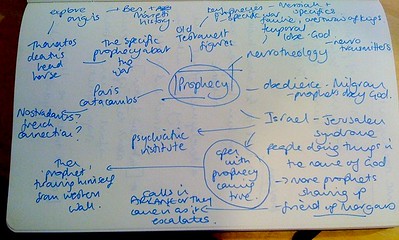
You can use mind maps to extend out an idea.
Use the title of your work in the centre circle on the page then add branches as ideas come to you about what to include. You can then organise those thoughts and use the mind map as an outlining tool.
Need to keep track of your characters? Create a character mind map. Include what detail and relationships you like. Here’s a simple one I created now using the free mindmup.com tool.
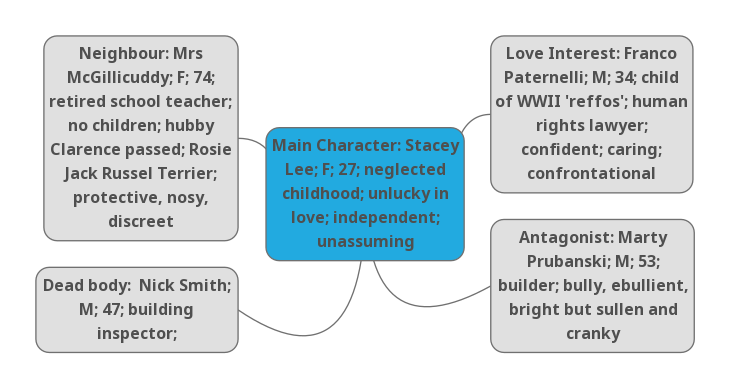
If you don’t have a mindmap tool, there are plenty around since Tony Buzan came up with the concept. Freemind is a long-term player in the field and one I’ve used for years. It’s small, simple, free and very functional. There are a few free online ones too including http://mindmapfree.com. Search around for the tool that serves you best. For me, I use a tool when I need to present a map but there’s nothing like the flexibility of a pen and paper version.
Learn the basics from this video.
Review these and other books on how to mind map.
Try out mind mapping for your next project. See how it works for you.
I promise, once you get the hang of it you’ll want to keep using it. It’s so intuitive and easy and comprehensive.
Glad I found Diane’s article: I’m off to mindmap my next book!

